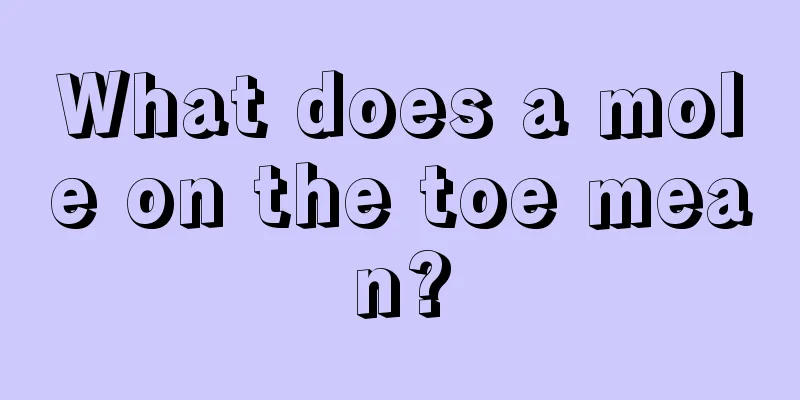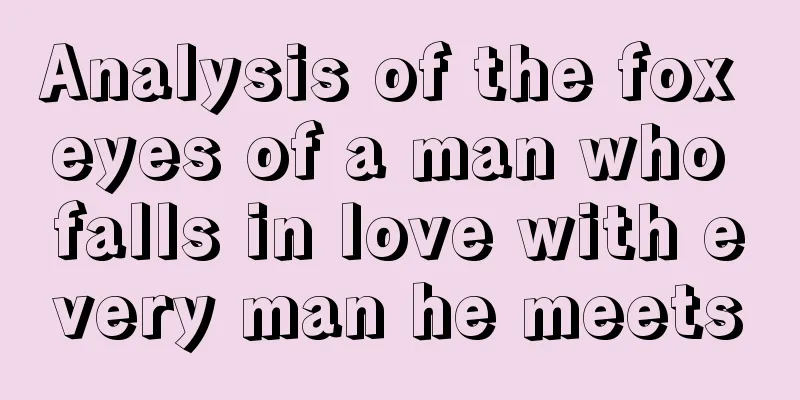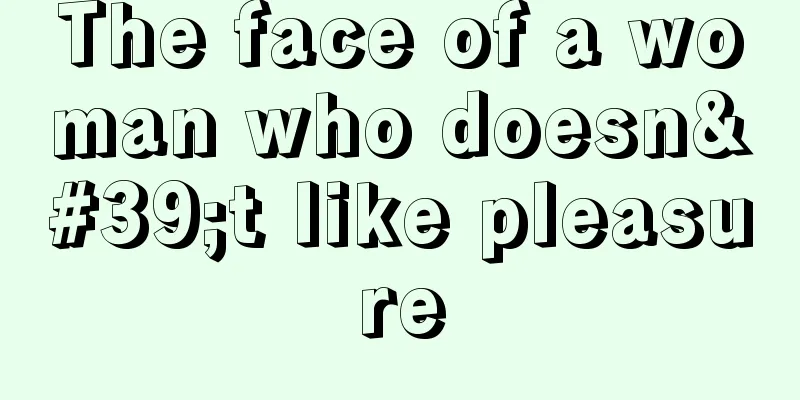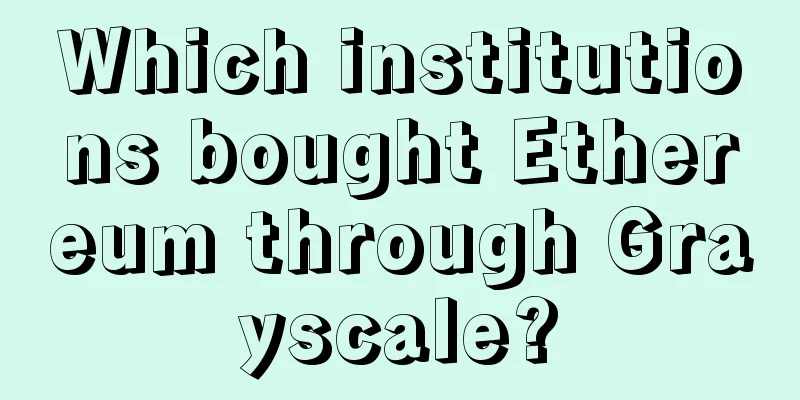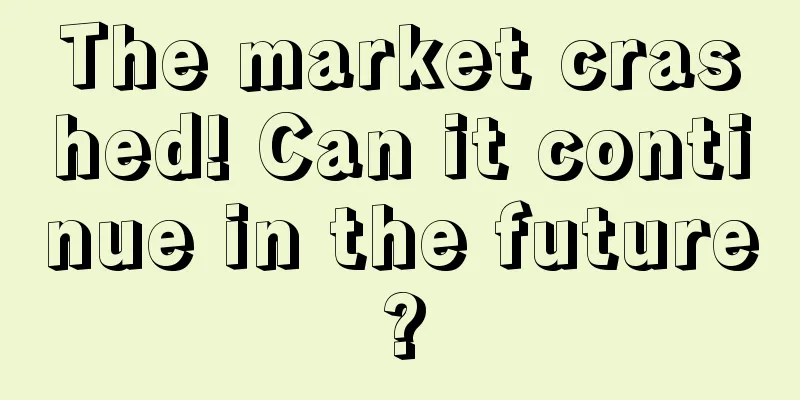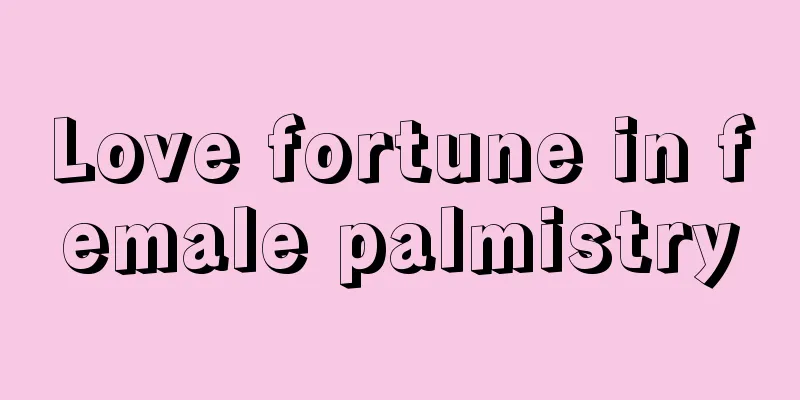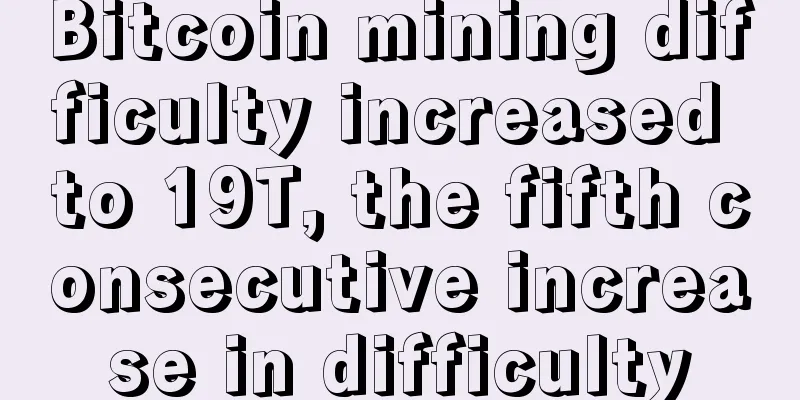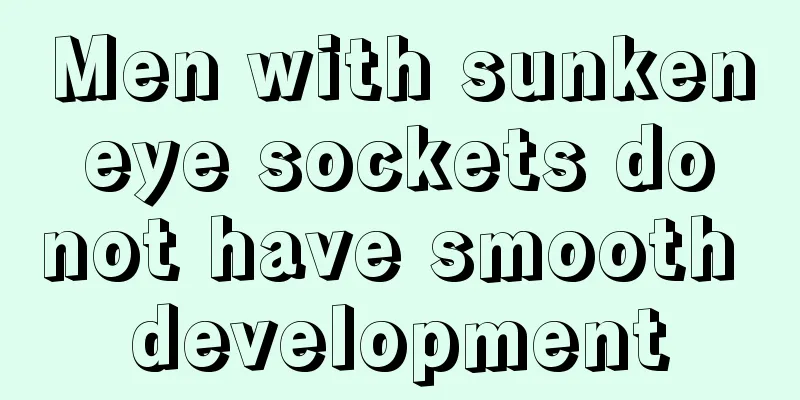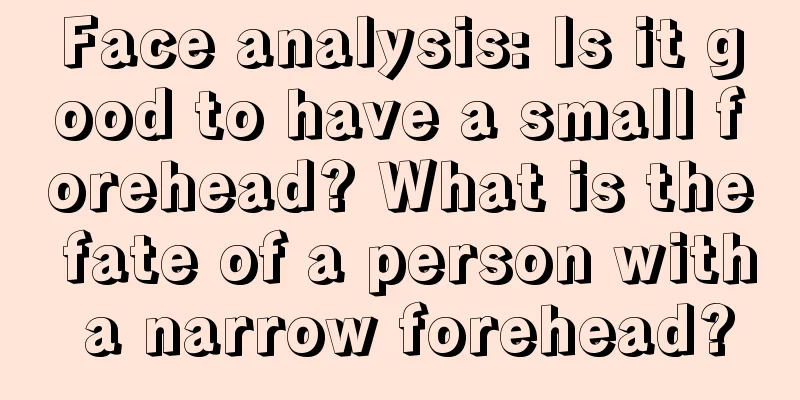Wall Street will be blockchain’s weakest link
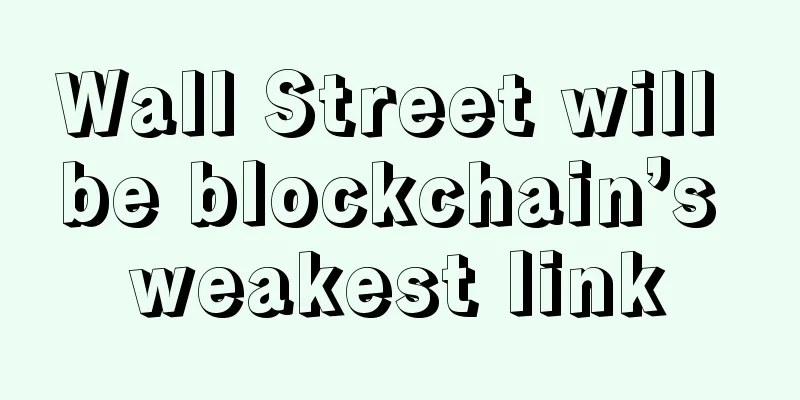
|
The “B” in blockchain is becoming popular in the banking industry. UBS CEO Sergio Ermotti said this month that blockchain technology could disrupt the current financial system. In January, JPMorgan Chase, Citigroup and several other banks invested more than $50 million in Blythe Masters' blockchain startup Digital Asset Holdings (DAH). In addition, another 40 banks are experimenting with applying distributed ledgers to the commercial paper market. Talking about revolution Over the past year, the word “blockchain” has been mentioned more often in earnings calls than “bitcoin.” (Source: Bloomberg analysis of all securities earnings calls over the past year) But beneath the surface of the buzz, there is also some silence. According to a survey conducted by PricewaterhouseCoopers this month, while most financial executives acknowledge the importance of blockchain, most of them are still unsure or unable to respond to it. A survey of executives from PricewaterhouseCoopers shows that some financial institutions remain cautious about adopting blockchain technology. Source: PwC survey of 544 financial executives in March This reluctance makes sense. Bankers also worry about the "Kodak moment" (when a new product destroys the revenue stream of an existing product rather than adding to it). Conceptually, blockchain and banking should be perfect partners: In theory, a decentralized database could allow stocks or bonds to be traded in near real time, without the need for middlemen or clearing houses, and by recording transactions on a chain that is difficult to destroy. The heavy processing costs, long settlement times and risk of human error will theoretically be eliminated, and precious capital and collateral to protect against default risk will become dispensable. Blockchain startup SETL estimates that clearing and settling trades costs $80 billion a year, and even cutting that by a third would be exciting for banking CEOs. But before theory can become reality, potentially insurmountable gaps remain. How do you get clearing houses, exchanges and brokerage firms to agree to a new system that will hit their existing profits? How do you address regulatory issues? And banks themselves employ a large number of middlemen, whether mortgage brokers or salesmen, and how can these people survive in a world of direct transactions? All of these issues make blockchain less attractive to banks. No wonder UBS described the technology as a "double-edged sword" in a white paper in January. There is little incentive for banks to join this revolution, which, unlike the demise of traditional photography, will be regulated and take years to develop. Original article: http://www.bloomberg.com/gadfly/articles/2016-03-23/wall-street-banks-will-be-the-weakest-link-in-the-blockchain |
>>: DTCC changes business model to cope with blockchain disruption
Recommend
The nose shows wealth and luck
The nose shows wealth and luck 1. A broad and str...
People with similar body parts are not easy to get together
People with similar body parts are not easy to ge...
What does a woman with a big face belong to?
If a woman has a big face, what does it mean for ...
BiNet officially releases LK1401 Bitcoin chip
bw.com officially released the new Bitcoin mining...
Coin Zone Trends: Bitcoin Price Trends Based on Big Data This Week (2016-07-15)
The triangle has come to an end and the direction...
Do women with moles on their waists have a miserable life?
Women with moles on their waists are considered s...
What are the characteristics of good hand lines?
There are a lot of palm lines on our palms, some o...
A man's face will ruin his career due to bad love affairs
It has been said since ancient times that "T...
What kind of man has a bad face?
A good face will help our overall fortune, while ...
NEM Ecosystem Company Tingjinke Selected to Implement Spot Payment Solution
Leveraging NEM blockchain technology to optimize ...
ASUS announces new cryptocurrency mining motherboard with 19 PCI-E expansion slots
Computer hardware manufacturer Asus has revealed ...
Palmistry: Will you have children to support you when you are old?
What people want most is to be taken care of when...
Morgan Stanley releases 2020 regional blockchain forecast report
Author: Geneva The latest report released by Morg...
The face of a woman who can marry well only when she marries late
The face itself is related to our fortune in this...
How to read the marriage line on a man's palm
Careful observation of the marriage line on a man...
